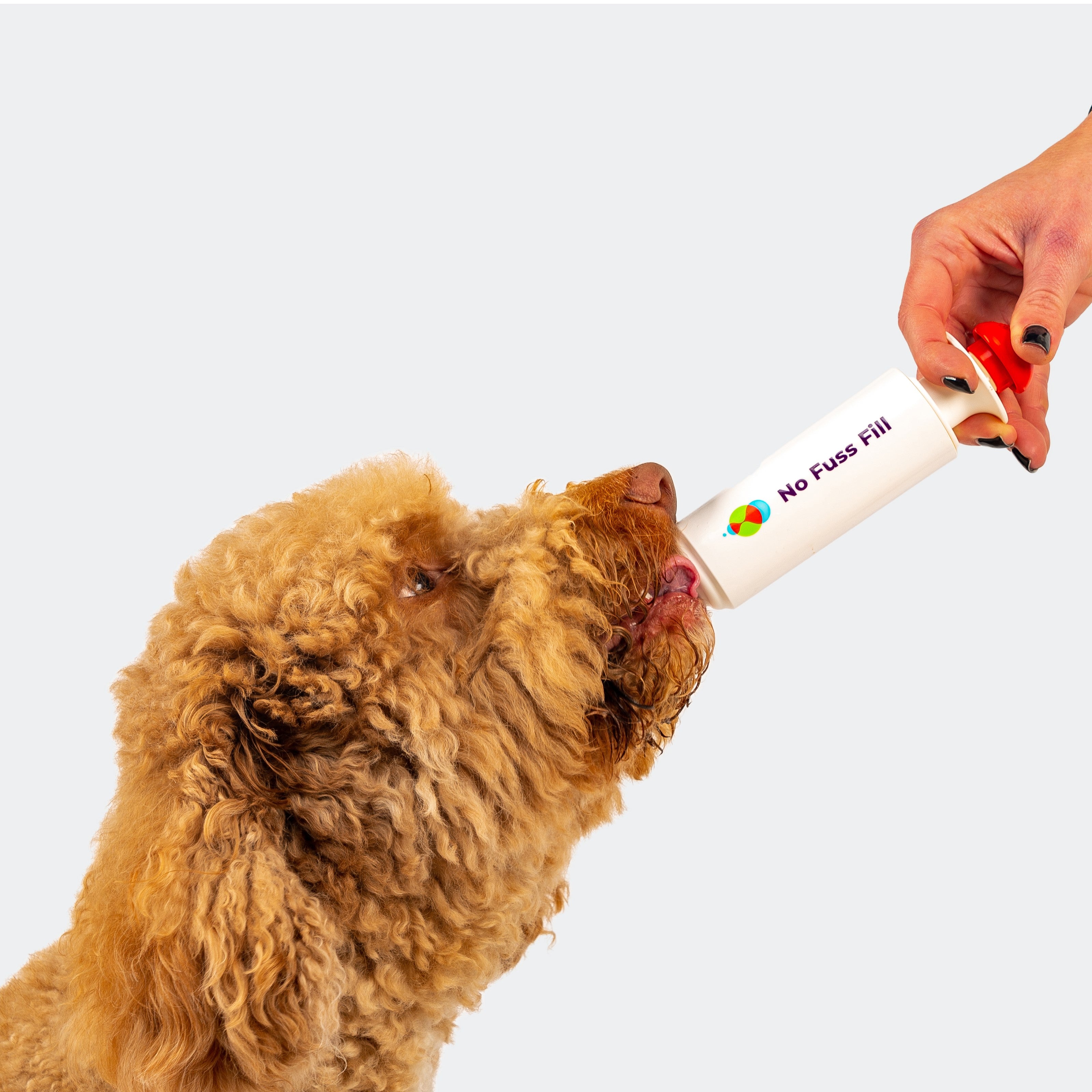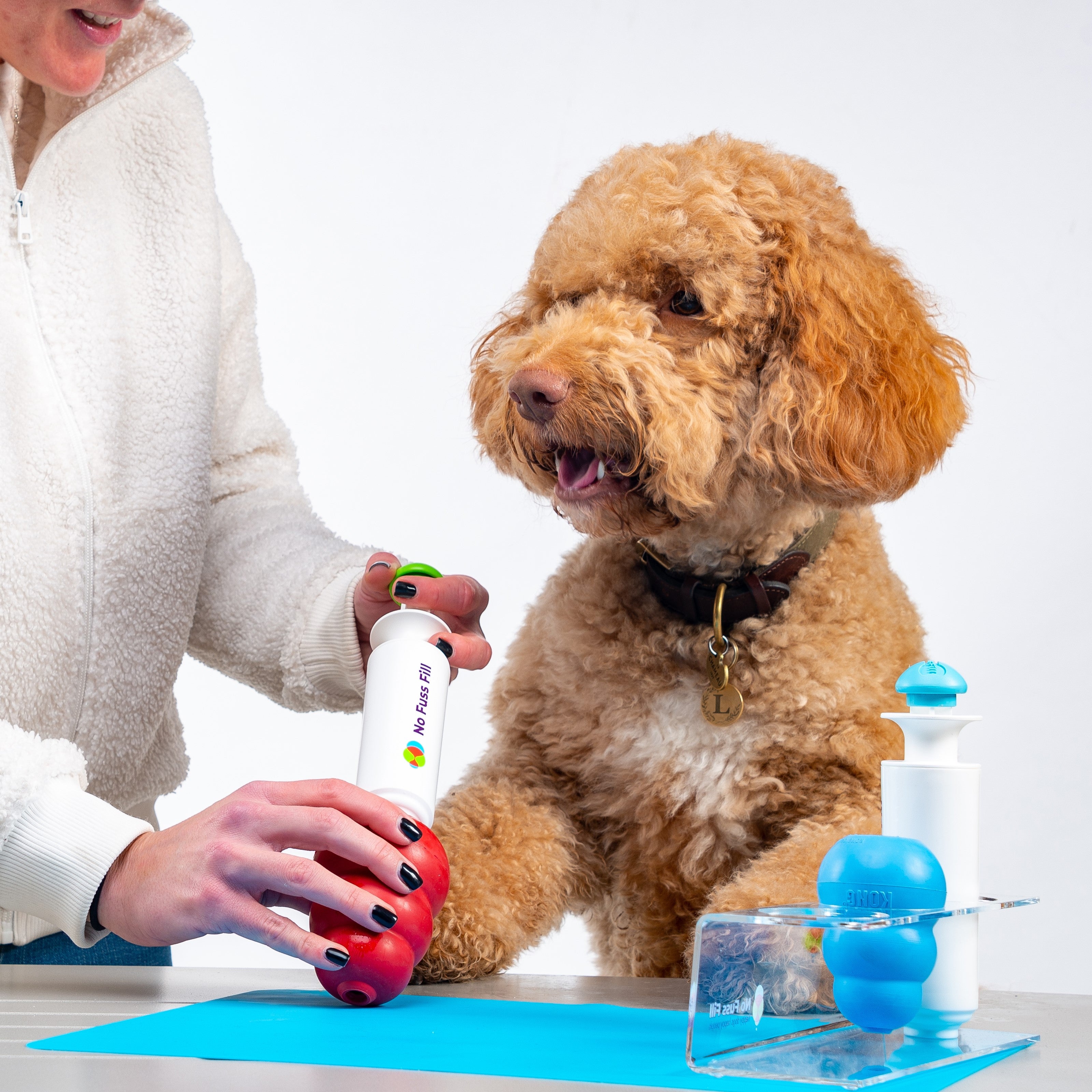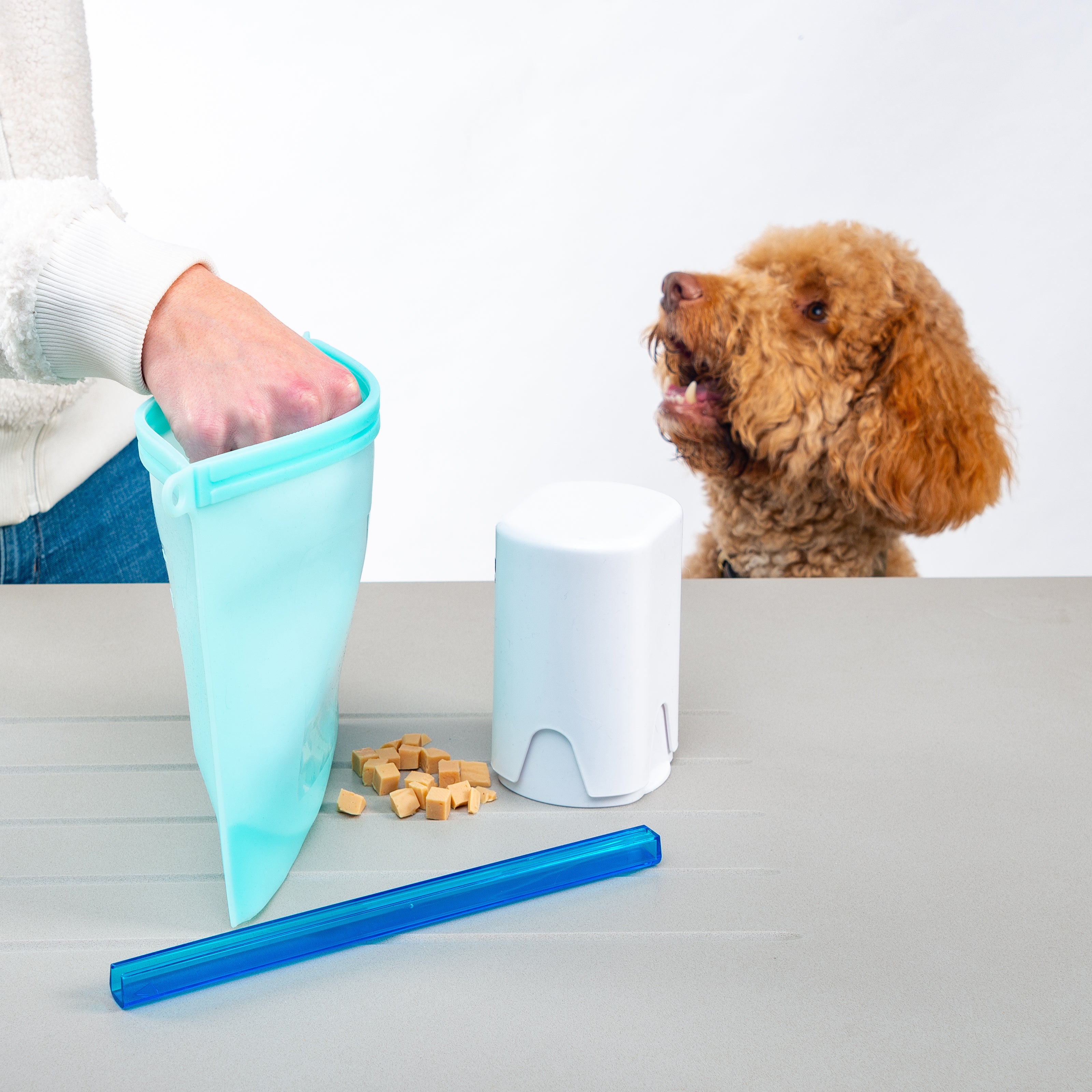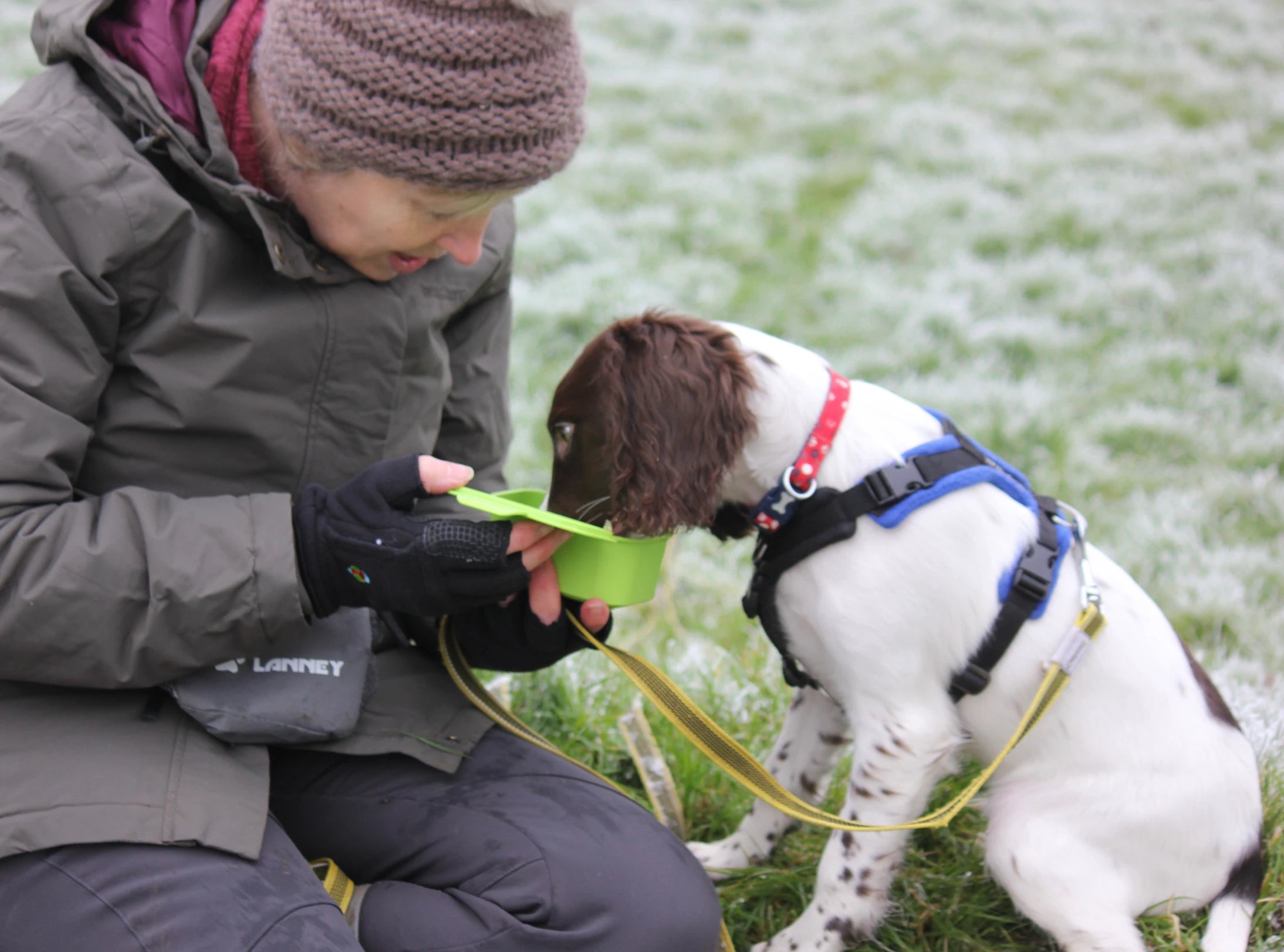A strange topic you may think, especially for the month of love ❤️
(as I write this it is valentine’s day!) but February is spay/neuter awareness month.
Spaying, neutering, castrating is simply at the most basic level, the process of removing an animal’s ability to reproduce. The question is, to neuter or not?
What's involved?
There are various methods for this. In female dogs (bitches) the ovaries and usually the uterus is removed. This prevents the dog from coming back into her heat cycle and being able to reproduce.
With male dogs, in a surgical castration, the testicles are removed. Recently there has been an increase in the number of male dogs who are being given a chemical castrate as awareness has started to increase in pet dog owners that simply neutering for the sake of neutering may not be the best option.
The chemical castrate is a short-term measure that makes male dogs temporarily infertile. The implant is commonly implanted in a similar area to the microchip and for 6/12 months depending on the size of the implant, releases hormones that lower the level of testosterone in the dog’s body.
This stops the dog from producing sperm and reduces any sexual desires!
This may be a good option for anyone who is concerned about the long-term impact that castration may have on their pet’s behaviour.
"That’s right – neutering can impact on your pet’s behaviour"
When I first started working with rescue dogs, over 10 years ago now it was a regular practice for dogs of both genders to be neutered quite early.
Certainly, in rescue centres, it was commonplace for dogs to be neutered prior to going to their forever homes as a way of population control.
Less was known at the time about the behavioural impact that neutering can have.
With male dogs when they were showing signs of aggression it was often recommended that they should be neutered as a way of resolving this problem. A “quick fix” style approach!
"Unfortunately, behaviour is quite complex, and there just isn’t a 'quick' option for resolving behaviour problems despite what you may see on social media and TV"
Castration of a male dog is only likely to have a direct impact on behaviours that are linked to the hormone testosterone. So those unpleasant behaviours such as marking, tasting urine (yes that teeth chattering Hannibal Lector style behaviour is your male dog licking a girl dog’s wee!), and inappropriate sexual behaviour (humping!) may reduce.
It is important to be aware that what may look like inappropriate sexual behaviour e.g., mounting your visitors, is often not sexually driven at all.
Dogs may mount or hump for many reasons, and in adolescent dogs, this is commonly a sign of hyper arousal and feeling overwhelmed rather than being sexual in nature.
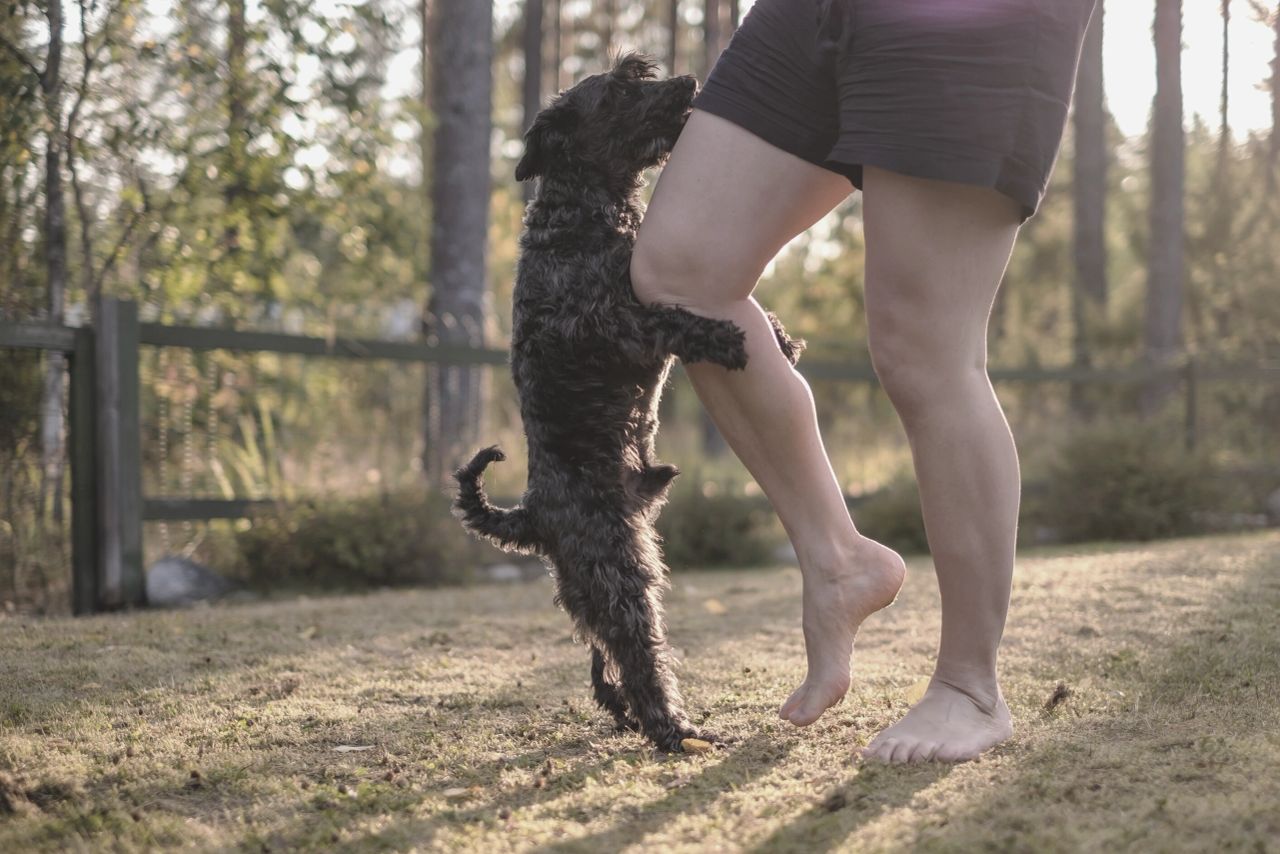
Aggression, however, unless it is between male dogs over access to an entire female, so a specific category of aggression, may get worse rather than better if you castrate a male dog. This is because the testosterone levels links with their confidence, so if we take that away by removing their testicles then these dogs may end up reacting more aggressively than they did previously. This is something I see regularly in dogs who have been displaying fear-based aggression and who are then castrated.
It is for this reason that more vets are advising owners to try the chemical castrate before surgical castration whilst also seeking the help of a qualified Clinical Animal Behaviourist to address the underlying motivations and emotions behind their dog’s aggression. In an ideal world, the behaviour problem will be addressed before any irreversible surgical changes are made.
What about our girl dogs?
Well deciding when to spay your female dog isn’t a simple decision either!
The female reproductive cycle is a complex one and an area that needs greater awareness is around female dogs having phantom pregnancies.
Phantom pregnancies can be both physical (mammary development, and milk production) as well as behavioural in nature (nesting, resource guarding, signs of aggression and anxiety).
To prevent a bitch having further phantom pregnancies spaying may be advised but the timing of this needs to be carefully planned as if the dog has not returned to her normal hormonal baseline, and if some of the behavioural signs of the phantom pregnancy remain, if the bitch were to be neutered at that point, you can risk the dog being trapped in a state of persistent phantom pregnancy (PPP).
When this occurs, these undesirable behaviours would remain without the dog receiving appropriate treatment from the vets.

One thing which can help is to mark on your calendar or diary the exact date when you spot your female dog has come into season.
This accurate information will really help your vets to guide your decision on when may be appropriate to consider spaying.
Behavioural impact aside, there is a huge range of health factors that also need to be taken into consideration when deciding whether to spay or neuter your pet.
Entire females are at a greater risk of pyometra (infected womb) which can be fatal, and entire males have a greater risk of prostatic diseases. Some of these health considerations are breed-specific, for example, delaying the neutering process for dachshunds as a preventive measure for IVDD, and delaying the neutering in Labrador retrievers due to their increased risk of bone and joint problems.
In conclusion
About the Author

Rachel with her two dogs Rico and Maisy
Nose to Trail is a pet behaviour service run by multi-award-winning Clinical Animal Behaviourist Rachel Rodgers.
Rachel has a Master’s degree in Applied Animal Behaviour and Training. She is a full member of the APBC – Association of Pet Behaviour Councillors and APDT – Association of Pet Dog Trainers. She has worked training rescue dogs for over 10 years and continues her love for rescue dogs by offering them discounted training with her company.
She lives on the outskirts of Whitchurch, Shropshire with her two small dogs, Rico – a rescue from Portugal, and Maisy a Jack Russell cross Pug.

